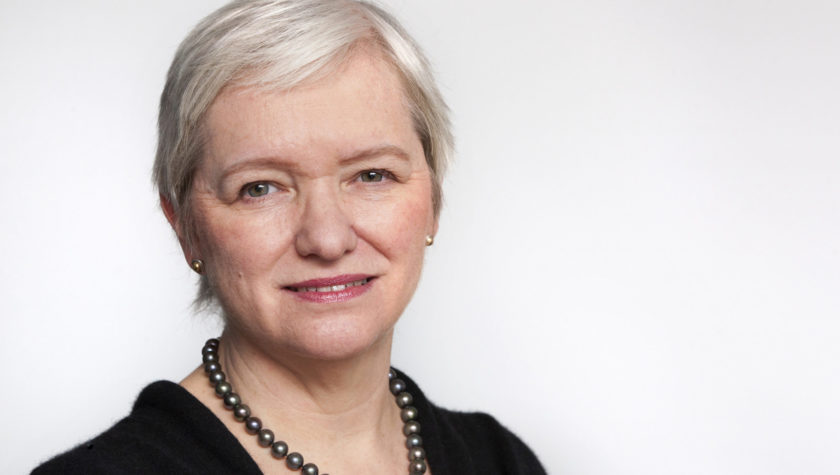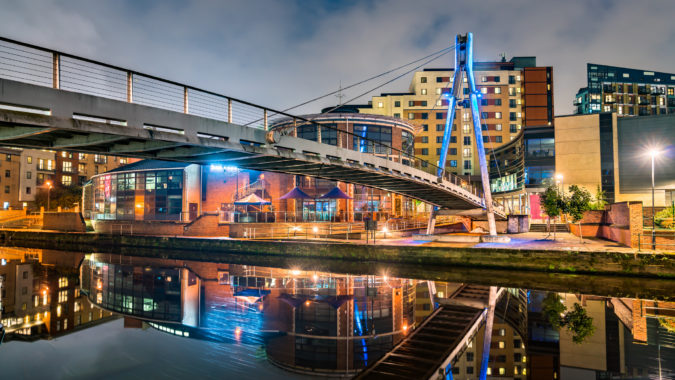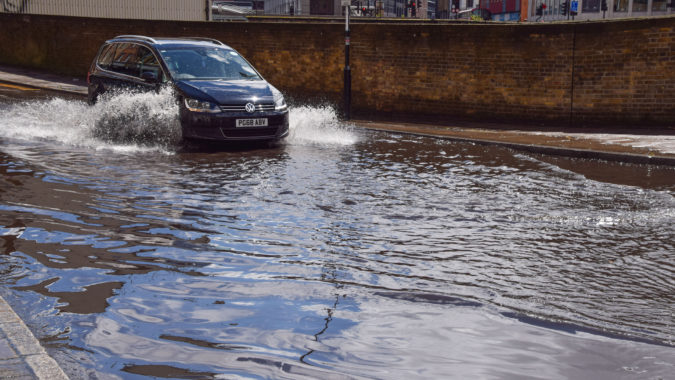While sales of diesel cars may be falling as drivers switch to petrol, and the numbers of electric cars being bought are increasing, manufacturers are turning their collective attention to the next technology set to hit the UK’s roads: driverless cars. Once the preserve of sci-fi films, companies from Tesla to Toyota are now investing millions in developing models that could be available as soon as the early 2020s.
This country has an opportunity to be among the world-leaders in this field. Already, driverless cars are being tested across the country, and the UK benefits from a wealth of expertise in the fields of artificial intelligence and machine learning which will be crucial to making these new vehicles work. But while attention may be focused on the cars themselves there is a real danger that a key piece of infrastructure could be overlooked – and that’s the roads that they will use.
This is a mistake that has been made before. The first cars appeared on the UK’s roads at the turn of the 20th century, and by the 1920s over 150,000 Model T Fords were being built each year. But it took until 1958 for the first motorway – the Preston By-Pass – to open. And without the discovery of tarmac, cars would have had no drivable roads.
This presents a significant challenge: how will the UK’s roads cope with driverless vehicles? How will they operate alongside conventional cars? And how do we prepare for this new technology without having to build a whole new network? What new technologies do roads themselves need?
These are just some of the questions we’ll be posing as part of our Roads for the Future competition. We want the brightest and best from across industry and academia to come forward with their ideas for making the most of the road network we have, ensuring driverless vehicles can work from day one, alongside driven vehicles and increasing numbers of charging points for new electric cars.
We’ll be looking for innovative ideas that consider traffic management as well as the design of our roads and how they are regulated. This may include the latest technologies, and could apply to our residential streets, high streets or our motorways.
I’m delighted to chair the jury for this competition, which is being run by the National Infrastructure Commission together with Highways England and Innovate UK. We’re also bringing together experts from across the industry to judge the entries, including our deputy chairman Sir John Armitt; Highways England chief executive Jim O’Sullivan; the Baroness Brown of Cambridge (Julia King) from the Committee on Climate Change; Laura Shoaf, managing director at Transport for the West Midlands; and Professor Natasha Merat from the Institute of Transport Studies at the University of Leeds.
I know from our work in the Cambridge to Oxford Growth arc the creative and innovative ideas that people from across the infrastructure sector can develop in responses to opportunities like these – and I look forward to seeing the proposals put forward for how our Roads for the Future could look, and meet the needs of tomorrow’s motorists.
Bridget Rosewell is a Commissioner and chair of the Roads for the Future competition jury




